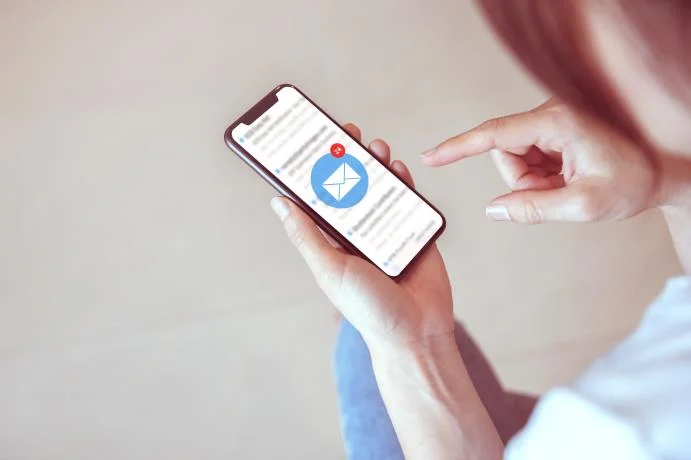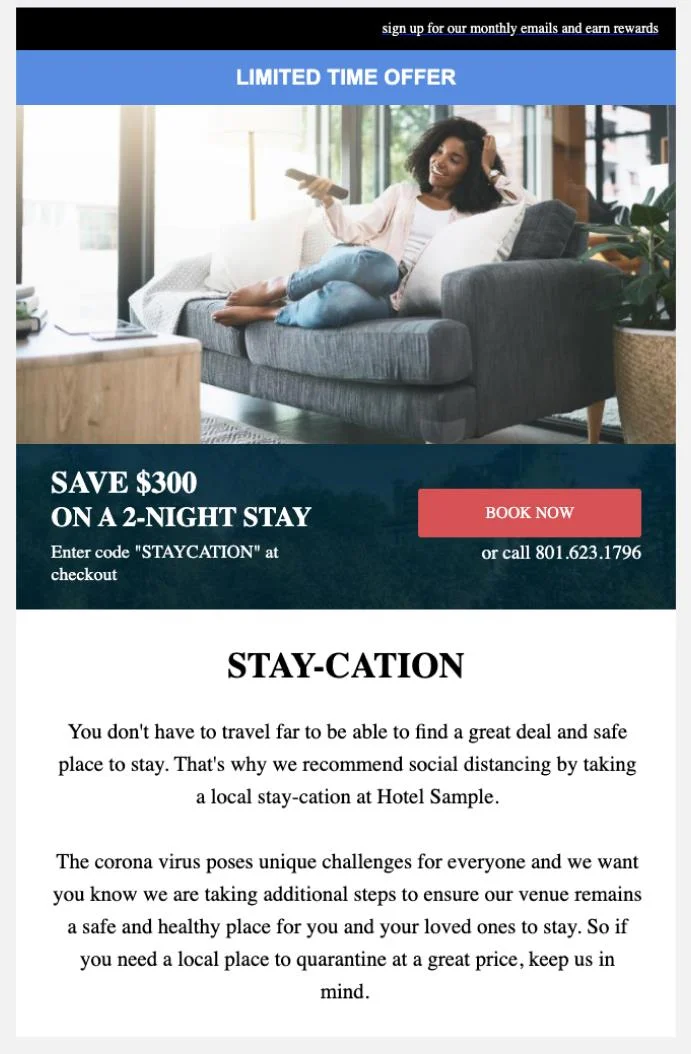And as we begin to emerge on the other side of this crisis, engaging with your customers will be a good way to ensure you remain top of mind whenever people are ready to get back out and travel.
9. Ensure Effective Email Subject Lines
This is not the time to embellish your subject lines with cute emojis or funny puns. Your email crisis communication subject lines should be clear and simple. Make it very clear to your customers what is inside the email.
10. Evaluate Your Entire Email Program
While you are figuring out your email strategy during COVID-19, make sure to check your automated email marketing tools. Make sure to update these messages to include current conditions. As an example, if you automatically send birthday or anniversary messages with incentives or rewards to use, update them to account for current changes to your business. Also make sure you do not have any pre-scheduled marketing campaigns that may be irrelevant or conflicting with the current COVID-19 situation.
In Summary:
In the current environment of COVID-19 and its near universal disruption of our daily routines, there is a fine balance to be found in communicating with your customers.
Life is difficult for many people and buying priorities have changed.
There is a lot of noise at the moment, so you want to make sure your message resonates and that it's not just another message capitalizing on the current situation.
Following these 10 steps can assist your business in connecting with your customers during these stressful times.
If you are looking for examples of other businesses that have successfully designed emails to stay connected to their subscribers during this global health crisis, check out the link below.
https://reallygoodemails.com/categories/emergency/





